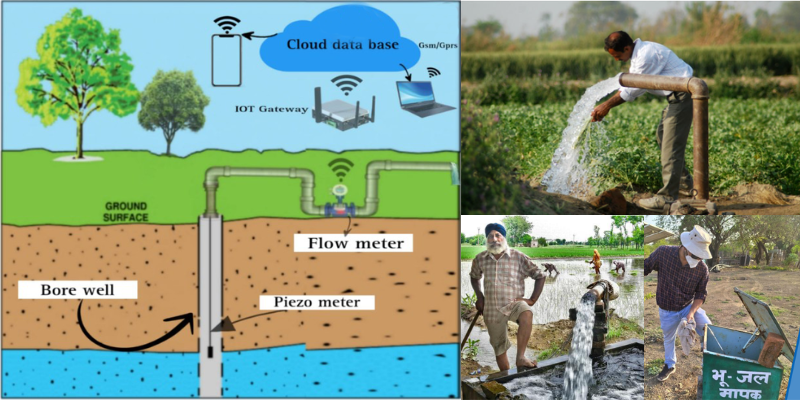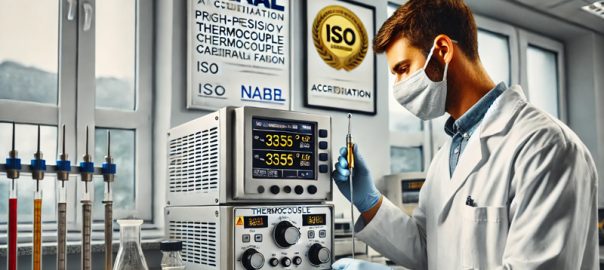
Introduction
Groundwater is a vital resource for drinking water, irrigation, and industrial purposes. With increasing dependence on groundwater, its sustainable management is crucial. The Central Ground Water Authority (CGWA) in India has established guidelines to regulate and monitor groundwater extraction to prevent over-exploitation and ensure sustainability. This blog delves into the telemetry-based groundwater extraction monitoring and the role of piezometer systems as per CGWA norms.
CGWA Norms for Groundwater Extraction
The CGWA has laid down specific guidelines to manage groundwater resources, which include:
- Permits and Registration: All users extracting groundwater for industrial, infrastructural, and commercial uses must obtain a permit from CGWA.
- Metering of Groundwater Extraction: Installation of digital water meters to monitor the volume of groundwater extracted.
- Telemetry Systems: Implementation of telemetry systems for real-time monitoring and reporting of groundwater extraction data.
- Recharge Measures: Mandating rainwater harvesting and other recharge measures to replenish groundwater.
- Piezometers Installation: Installation of piezometers to monitor groundwater levels and quality.
Telemetry System for Groundwater Extraction
A telemetry system is an automated system that collects and transmits data from remote locations to a central server for monitoring and analysis. For groundwater extraction, the system typically includes:
- Digital Water Meters: These are installed at the extraction points (borewells/tubewells) to measure the amount of water being pumped out.
- Data Loggers: Devices that record the data from the water meters.
- Communication Modules: These modules transmit the recorded data to a central server via GSM/GPRS, satellite, or other communication networks.
- Central Monitoring System: A centralized platform where the data is collected, processed, and analyzed. Authorities can access this data in real-time to monitor and regulate groundwater extraction.
Benefits of Telemetry Systems
- Real-Time Monitoring: Continuous data transmission allows for real-time monitoring of groundwater extraction.
- Data Accuracy: Automated data logging reduces human errors and ensures accurate measurement.
- Compliance Monitoring: Authorities can easily track compliance with CGWA norms and identify any unauthorized extraction.
- Resource Management: Helps in sustainable management of groundwater resources by providing insights into usage patterns.
Piezometer Systems for Groundwater Monitoring
Piezometers are instruments used to measure the pressure head of groundwater at specific points, which helps in determining groundwater levels and understanding aquifer characteristics. As per CGWA norms, piezometers must be installed to monitor groundwater levels regularly.
Components of a Piezometer System
- Piezometer Tubes: These are installed in the ground to reach the aquifer.
- Pressure Transducers: Devices that measure the water pressure within the piezometer tube.
- Data Loggers: Similar to telemetry systems, these record the data from the pressure transducers.
- Communication Modules: For transmitting data to a central server.
- Monitoring Software: Software to analyze and visualize groundwater level data.
Importance of Piezometer Systems
- Groundwater Level Monitoring: Continuous monitoring of groundwater levels to detect trends and changes.
- Aquifer Health Assessment: Helps in assessing the health of the aquifer and the impact of extraction activities.
- Informed Decision-Making: Provides critical data for making informed decisions on groundwater management and policy-making.
- Early Warning System: Can act as an early warning system for declining groundwater levels or potential over-extraction.
Implementing CGWA Norms: Challenges and Solutions
Challenges
- High Initial Costs: The installation of telemetry and piezometer systems can be expensive.
- Technical Expertise: Requires skilled personnel for installation, maintenance, and data interpretation.
- Data Management: Handling large volumes of data and ensuring its accuracy can be challenging.
Solutions
- Government Support: Financial assistance and subsidies from the government can help mitigate high initial costs.
- Training Programs: Capacity-building programs for local authorities and stakeholders to enhance technical expertise.
- Robust Data Systems: Developing robust data management systems to handle, store, and analyze data efficiently.
Case Studies and Practical Implementations
Case Study 1: Industrial Zone in Rajasthan
In Rajasthan, a region heavily dependent on groundwater, several industrial units installed telemetry systems as mandated by CGWA. The system included digital water meters connected to data loggers, which transmitted real-time data to a central monitoring station. This allowed authorities to monitor groundwater extraction continuously and take immediate action in case of any anomalies. The implementation resulted in a significant reduction in unauthorized groundwater extraction and promoted sustainable usage practices.
Case Study 2: Agricultural Sector in Punjab
Punjab, an agricultural hub, faced severe groundwater depletion due to over-extraction for irrigation. The state government, in collaboration with CGWA, introduced piezometer systems in key agricultural zones. The data collected from these piezometers helped in understanding the groundwater trends and the impact of agricultural practices. Farmers were educated on sustainable water use, and rainwater harvesting systems were introduced to recharge the aquifers. This initiative helped in stabilizing groundwater levels over time.
Conclusion
The integration of telemetry systems and piezometers as per CGWA norms is essential for the sustainable management of groundwater resources. These technologies enable real-time monitoring, ensure compliance with regulations, and provide valuable data for informed decision-making. Despite the challenges, the long-term benefits of implementing these systems make them a crucial component in the fight against groundwater depletion and in promoting sustainable water use practices.
By adhering to CGWA norms and leveraging modern technology, we can work towards preserving this precious resource for future generations.












